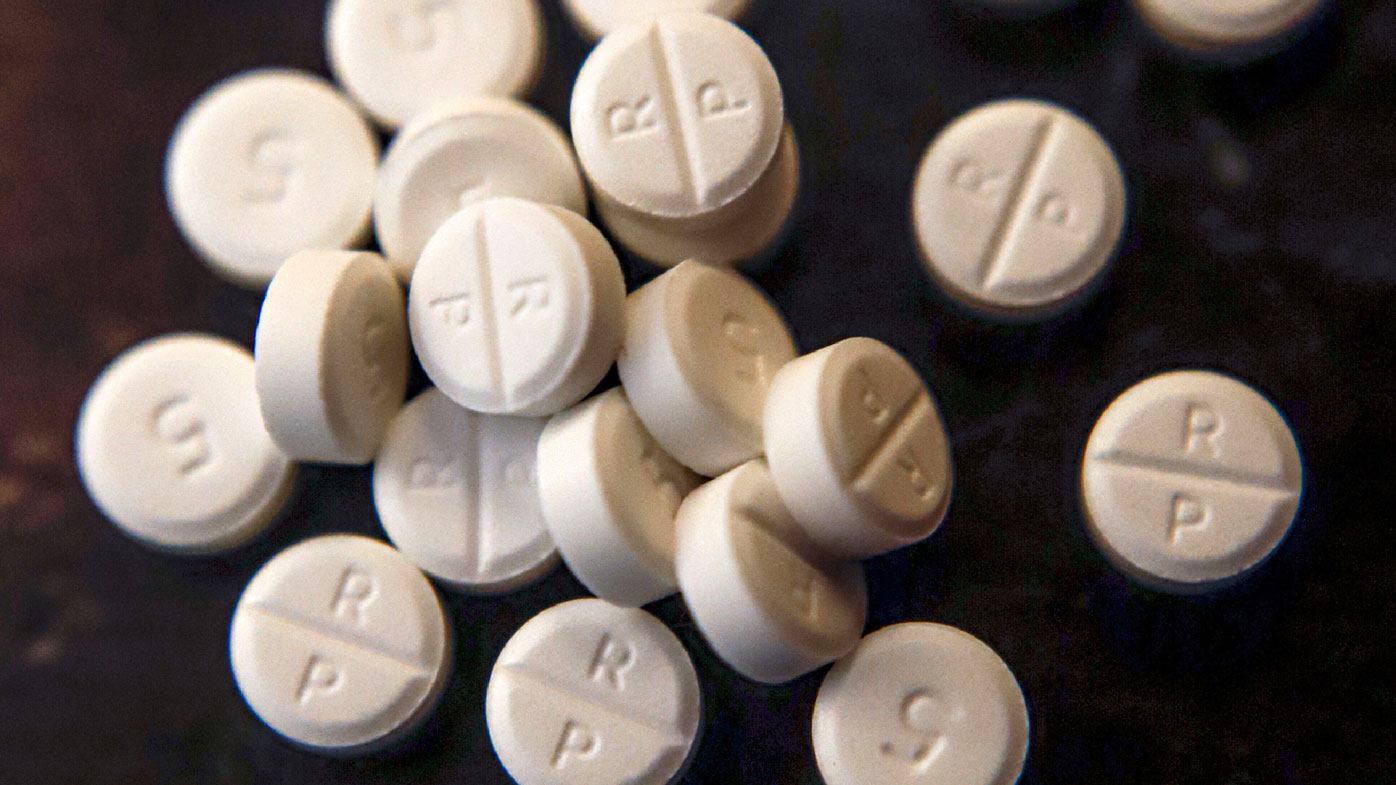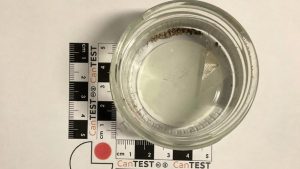
Every day in Australia, three people die from the misuse of powerful pharmaceutical opioids like oxycodone, and almost 150 more are hospitalised.
That’s more than those killed by illegal opioids such as heroin.
Four years ago, the Therapeutic Goods Administration moved to stem the alarming trend by cracking down on how the drug was prescribed and packaged.
READ MORE: ‘Unimaginable pain’: Dad of boys found dead at home shares heartbreak
Now, a new six-year analysis of Australia’s wastewaters has revealed just how effective those measures by the TGA have been, with consumption of the drug slashed by close to half.
Oxycodone is classed as a schedule 8 drug in Australia, meaning it can only be supplied by a pharmacist with a prescription and is subject to tight restrictions regarding its supply and storage.
It commonly goes under the brand names Oxycontin, Oxynorm and Endone.
“While it can be very effective for pain relief, it’s also associated with a risk of addiction and misuse,” study author University of Queensland’s Dr Rory Verhagen said.
A team of University of Queensland researchers analysed wastewater from 50 treatment plants across the country over six years, from 2017 to 2023
The almost 7000 wastewater samples collected are believed to take in roughly half the Australian population.
The researchers found that over 15 months from August 2019 to December 2020, oxycodone use decreased by 45 per cent, from 120 milligrams a day per 1000 people to 65 milligrams.
“This drop coincided with changes to prescribing guidelines in 2019 and packaging changes from 2020,” Verhagen said.
It marks a dramatic turnaround from previous years, when oxycodone use in Australia rose sharply, even as an opioid epidemic swept the US resulting in the deaths of hundreds of thousands of Americans.
In 2016, more than three million Australians filled at least one prescription for opioids – most commonly oxycodone.
Oxycodone use continued to climb in the subsequent years, more than doubling from 78 milligrams a day per 1000 people to 120 milligrams a day by August 2019.
In 2019, the Therapeutic Goods Administration introduced tighter guidelines for health professionals around how it should be prescribed.
Further changes came in February 2020, when packet sizes were reduced from 20 tablets to 10 and warnings added to the label.
The wastewater analysis also examined consumption of other opioids such as fentanyl and heroin.
While heroin use fluctuated over the six years, fentanyl followed a similar trend to oxycodone, recording a significant decline in use from 2019.
The full findings of the research were published in Addiction today.
links to content on ABC
9News





